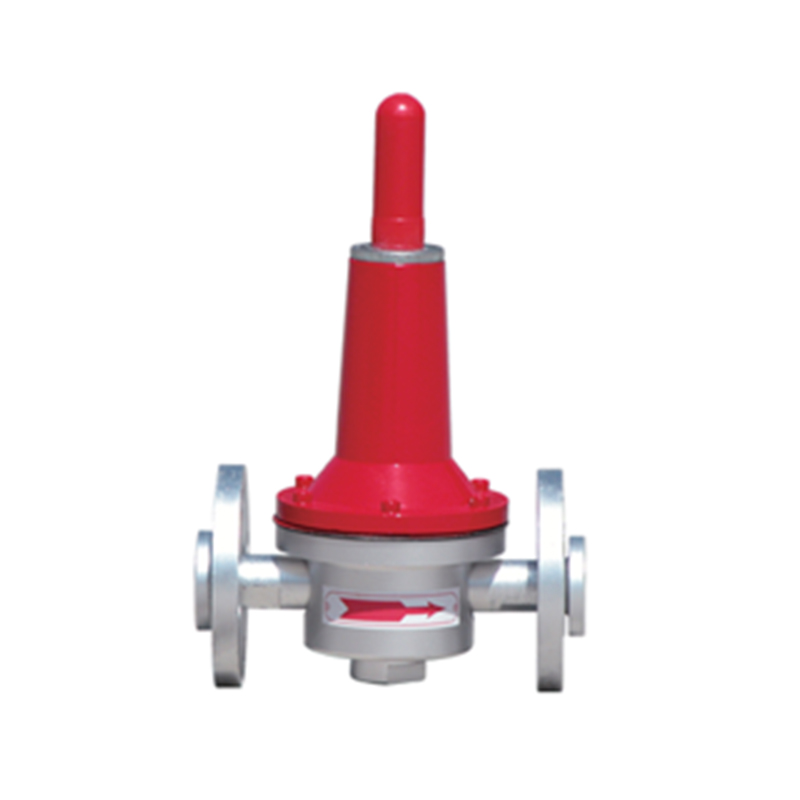
Oct . 15, 2024 23:29
Back to list
Gas Pressure Regulation Valve for Efficient System Performance and Safety Management
The Significance of Gas Pressure Regulating Valves
In various industrial applications, managing and controlling gas pressure is essential for maintaining safety, efficiency, and operational integrity. One crucial component in this management system is the Gas Pressure Regulating Valve (GPRV). This article will explore the importance, functionality, and applications of gas pressure regulating valves in commercial and industrial contexts.
What is a Gas Pressure Regulating Valve?
A gas pressure regulating valve is a mechanical device designed to control the pressure of gas flowing through a system. These valves maintain a constant outlet pressure, regardless of fluctuations in inlet pressure or changes in the flow rate. This functionality is vital in ensuring that equipment operates within its specified pressure limits and that processes resulting from gas utilization occur without interruptions.
How Does a Gas Pressure Regulating Valve Work?
The fundamental principle behind a gas pressure regulating valve is relatively simple. The valve senses the pressure downstream (outlet side) and adjusts its opening accordingly. If the downstream pressure rises above a predetermined level, the valve closes slightly, restricting gas flow and reducing the pressure. Conversely, if the pressure drops below the set point, the valve opens to allow more gas to flow through, thereby increasing the pressure. This feedback mechanism ensures stable operations and prevents potential hazards associated with overpressure situations.
Types of Gas Pressure Regulating Valves
There are several types of gas pressure regulating valves, each suited to different applications
1. Single-stage Regulators These are suitable for low-pressure gas applications and provide a quick response to pressure changes. They are commonly used in household gas supply systems.
.
3. Pilot-operated Regulators These regulators use a smaller “pilot” valve to control a larger main valve. They provide greater accuracy and responsiveness, making them ideal for applications that require strict pressure control.
صمام تنظيم ضغط الغاز

Applications of Gas Pressure Regulating Valves
Gas pressure regulating valves find extensive use in multiple sectors, including
- Natural Gas Distribution GPRVs are critical for controlling the pressure of natural gas delivered to residential and commercial customers, ensuring safety and reliability. - Industrial Manufacturing Many industrial processes rely on specific gas pressures for optimal operation. GPRVs help achieve and maintain these pressures, thus ensuring product quality and worker safety.
- Power Generation In power plants, gas pressure regulating valves regulate the fuel supply to turbines, ensuring efficient energy production while adhering to safety standards.
- Chemical Processing In the chemical industry, precise pressure control is often essential for reaction rates and product yields. GPRVs play a pivotal role in maintaining these parameters.
Safety Considerations
While gas pressure regulating valves are designed to enhance safety, they must be maintained regularly. Routine inspections and servicing ensure that the valves operate correctly and prevent potential failures that could result in hazardous situations such as gas leaks, explosions, or equipment damage.
Additionally, proper installation is crucial. Factors such as pipeline design, temperature, and the specific characteristics of the gas being used must be taken into account to select the right regulator for the application.
Conclusion
Gas pressure regulating valves are indispensable components in many gas utilization systems, from residential to industrial applications. Their ability to maintain consistent pressure levels enhances safety, maximizes efficiency, and ensures operational continuity. As technology advances, the design and functionality of GPRVs continue to evolve, reflecting the growing complexities of modern gas systems. Understanding their importance and applications can lead to better safety practices and more effective management of gas resources across various industries.
Next:
Latest news
-
Safety Valve Spring-Loaded Design Overpressure ProtectionNewsJul.25,2025
-
Precision Voltage Regulator AC5 Accuracy Grade PerformanceNewsJul.25,2025
-
Natural Gas Pressure Regulating Skid Industrial Pipeline ApplicationsNewsJul.25,2025
-
Natural Gas Filter Stainless Steel Mesh Element DesignNewsJul.25,2025
-
Gas Pressure Regulator Valve Direct-Acting Spring-Loaded DesignNewsJul.25,2025
-
Decompression Equipment Multi-Stage Heat Exchange System DesignNewsJul.25,2025

